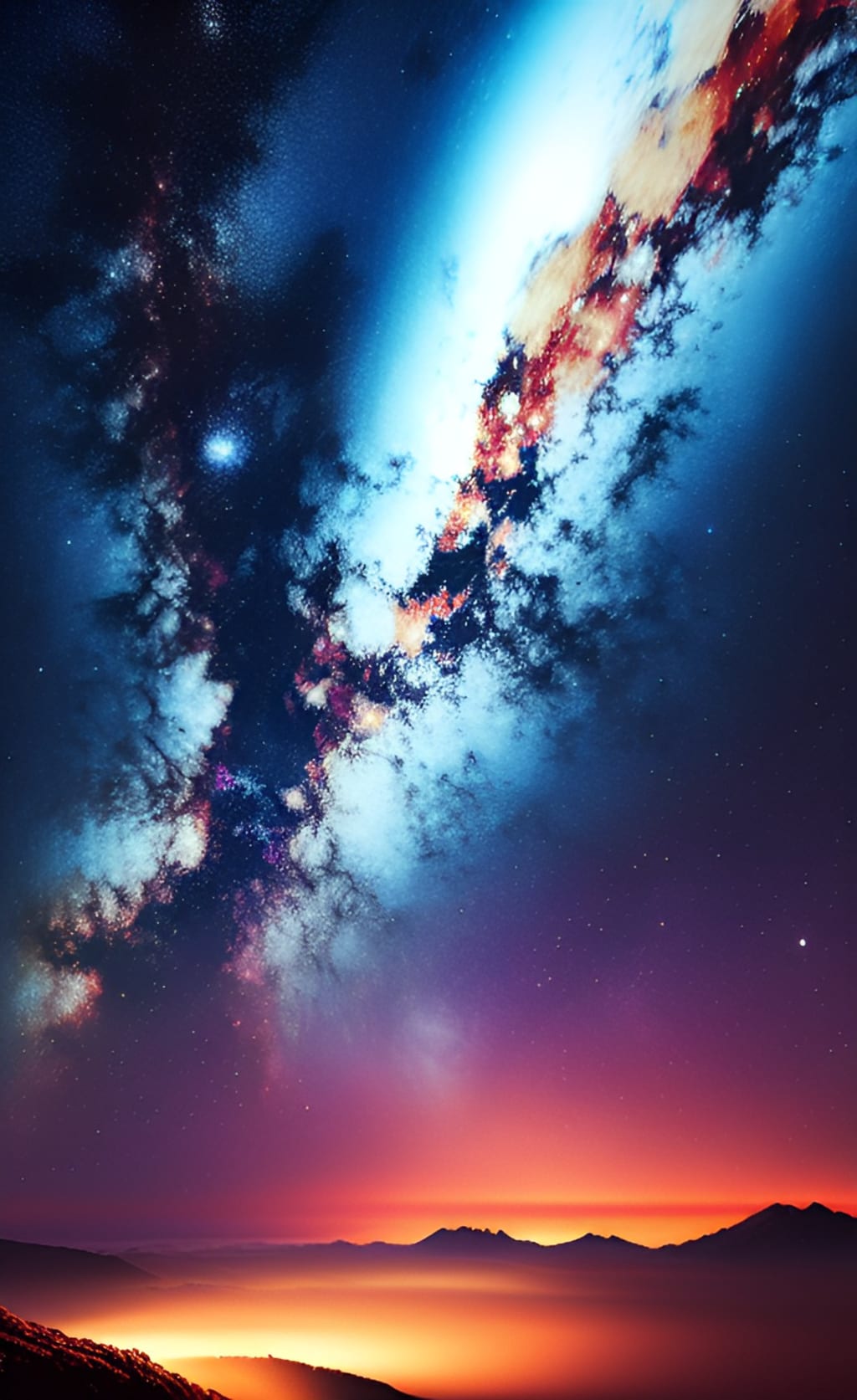
In the early hours of November 13, 1833, a spectacular meteor shower lit up the night sky, impressing people across the United States and Canada. Known as the November meteors or the Leonids, this event was one of the most remarkable astronomical displays ever witnessed by humans.
The Leonids get their name from the constellation Leo, from which they appear to originate. This meteor shower occurs annually between November 6 and 30, but the 1833 event was particularly spectacular. It is estimated that there were as many as 100,000 meteors visible per hour during the peak of the storm.
The cause of the November meteors is the periodic passage of the Earth through the debris trail left by the comet Tempel-Tuttle, which has a 33-year orbit around the Sun. As the Earth moves through this debris, the small particles enter our atmosphere at high speeds, creating streaks of light known as meteors.
The 1833 meteor storm was particularly intense because the Earth passed through a particularly dense section of the debris trail left by Tempel-Tuttle. The meteors were visible across the United States and Canada, and many people were awed by the display.
One eyewitness to the 1833 meteor storm was Samuel Clemens, who would later become famous as the author Mark Twain. At the time, Clemens was living in Missouri and was just a boy of 8 years old. He later wrote about the experience in his autobiography, recalling that "the sky was literally ablaze with shooting-stars."
Another eyewitness was Andrew Ellicott Douglass, an astronomer who was studying tree rings in Arizona at the time. He wrote in his journal that "the sky was filled with streaks of light, and the whole heavens seemed to be in motion."
The 1833 meteor storm had a profound impact on people's understanding of the universe. At the time, many people believed that the universe was static and unchanging, but the meteor storm was a reminder that the cosmos is a dynamic and constantly changing place. It also sparked interest in astronomy and inspired many people to take up the study of the stars.
Today, the November meteors are still a popular astronomical event, although they are not usually as spectacular as the 1833 storm. However, they remain a reminder of the beauty and mystery of the universe, and a source of wonder and inspiration for people around the world.
One interesting fact about the November meteors is that they are responsible for the creation of the term "meteor shower." Before the 1833 event, meteors were simply known as shooting stars, but the sheer number of meteors in the November storm was so great that people began to refer to it as a "shower" of meteors.
Another interesting fact about the 1833 meteor storm is that it had a profound impact on the development of the science of astronomy. Prior to the event, astronomy was still largely a speculative and philosophical pursuit, with little empirical data to support theories about the universe. However, the meteor storm provided a wealth of data that could be used to develop more accurate models of the cosmos.
In conclusion, the November meteors of 1833 were a remarkable astronomical event that captivated people across the United States and Canada. The sheer number of meteors visible during the storm was awe-inspiring, and it sparked a renewed interest in astronomy and a deeper understanding of the universe. Today, the November meteors remain a reminder of the beauty and mystery of the cosmos, and a source of inspiration for people around the world.





Comments
There are no comments for this story
Be the first to respond and start the conversation.